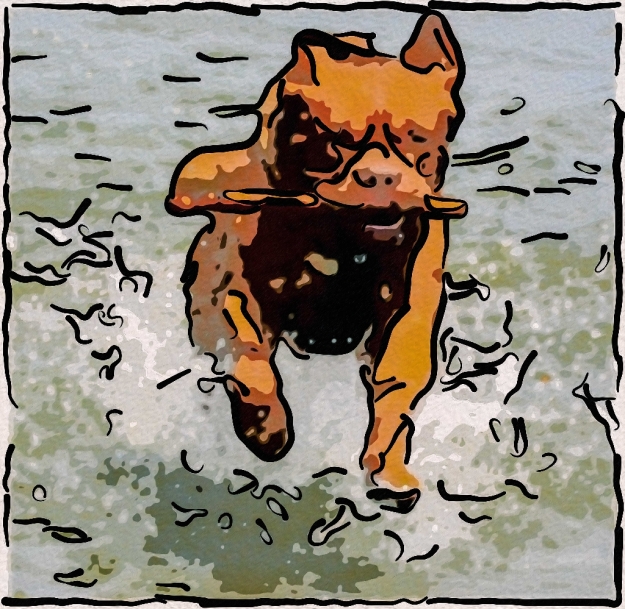 Artists have varying traits and abilities. Still, there are many common threads that tie this community of talented individuals together – one being that artists feel as if they are different. This isn’t too farfetched; artists are often misunderstood by society and even their peers. This story is especially apparent in the life of William Blake.
Artists have varying traits and abilities. Still, there are many common threads that tie this community of talented individuals together – one being that artists feel as if they are different. This isn’t too farfetched; artists are often misunderstood by society and even their peers. This story is especially apparent in the life of William Blake.
Regardless of how others viewed him and his art, William Blake’s work has gained notoriety. Unfortunately, Blake died nearly two centuries ago with no money and little recognition.
The interesting life and work of William Blake could be discussed for hours on end. However, this post is meant to recognize his mystical style and some major pieces. For those who want to read more of Blake’s story, visit this link: http://www.segmation.com/products_pc_patternset_contents.asp?set=WBL. Also, Segmation is proud to offer 24 digital William Blake patterns. By downloading these paint by number masterpieces, you can emulate one of the most fascinating artists who ever lived.
William Blake’s Style
Romantic. Mystical. Radical. Non-conformist. These words attempt to describe William Blake, but they barely scratch the surface.
Blake lived during the latter half of the 18th century an up to 1827. He was both an artist and poet. During his life, he and his wife worked as engravers to make ends meet.
Today, Blake is recognized as one of the founders of the Romantic Movement. He approached the content of his art as if it all took place in a dream. It seems he was fond of stories from the Bible in addition to great works of literature. In studying his work, it is clear that these characters were alive to him. He paints vivid pictures that could have only been birthed from his imagination.
The Work of William Blake
On the day William Blake died, it is said that he was working on illustrations to go along with Dante’s Divine Comedy.
Before that, at the age of 65 he pursued a project that consisted of 21 copperplate illustrations purposed to breathe life into the Old Testament Bible story of Job.
His life was riddled with disappointment and depression. One story that exemplifies this truth comes from a time he shared an idea with a publisher. He wanted to illustrate Chaucer’s Canterbury Tales. The publisher liked the idea but chose to have another artist complete the work. Still, Blake moved forward with creating his own illustrations and planned to sell them at a separate exhibit. Unfortunately, very few people attended the affair and he did not sell a single painting that night.
Despite a life of hardship, William Blake never stopped creating art. Poetry and painting were his passions and engraving was his trade for nearly 50 years.
It can be assumed that Blake had delightful seasons of life, even though they didn’t come in the forms of dollars or fame. Nevertheless, happy stories about William Blake are hard to find these days. Today, William Blake’s joy can only be seen in his paintings.
Enjoy the 24 William Blake Patterns Segmation has for you and continue to learn and celebrate the life of a great artist.
Read more Segmation blog posts about other great artists:
Joseph Mallord William Turner – Great Painter of Light
French Floral and Portrait Painter – Henri Fantin-Latour
Albert Bierstadt: Painter of the American West
Be a Artist in 2 minutes with Segmation SegPlay® PC (see more details here)
Join us on FacebookSegPlay® Mobile iTunes now available for iPhone and iPad






















